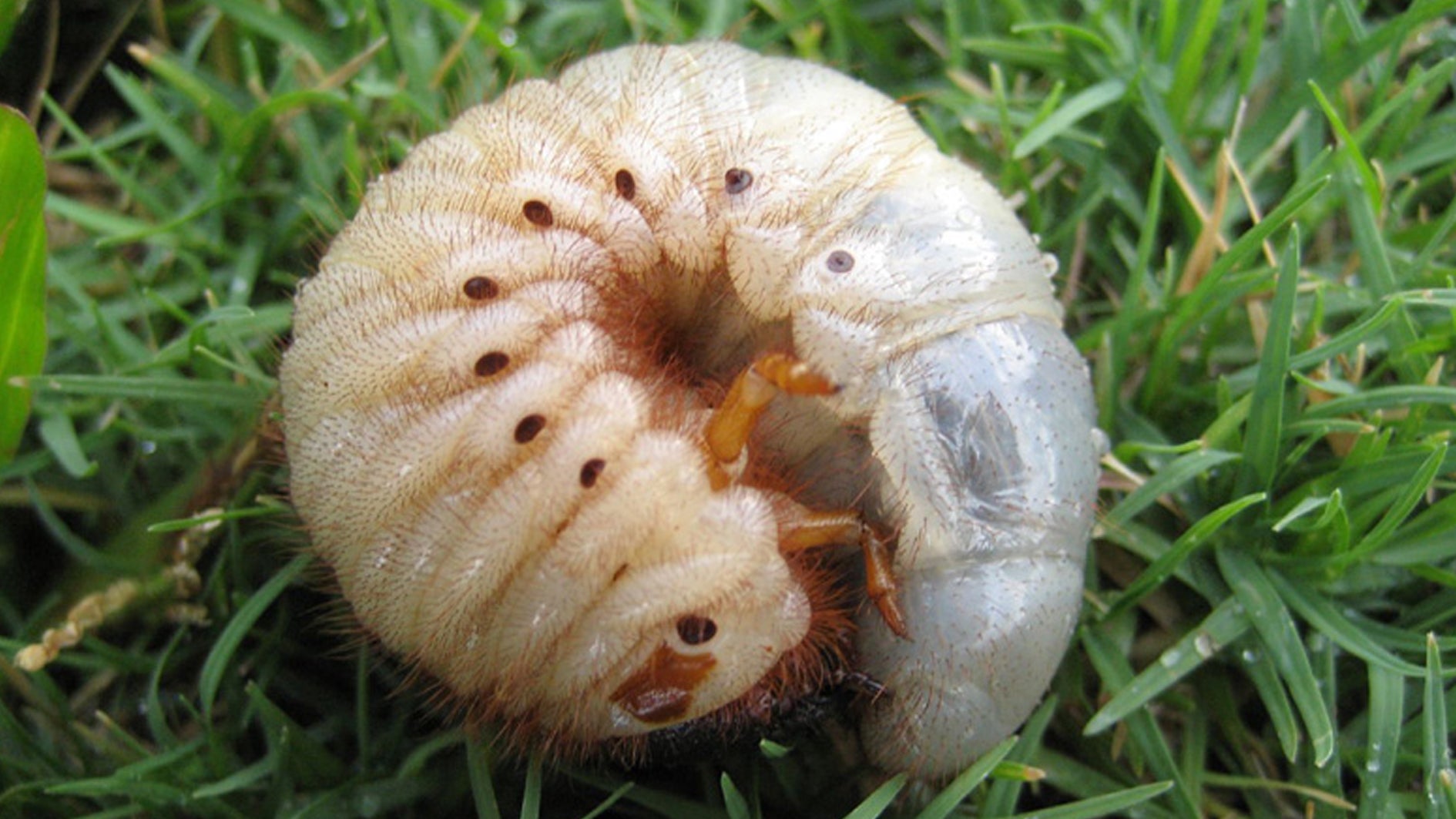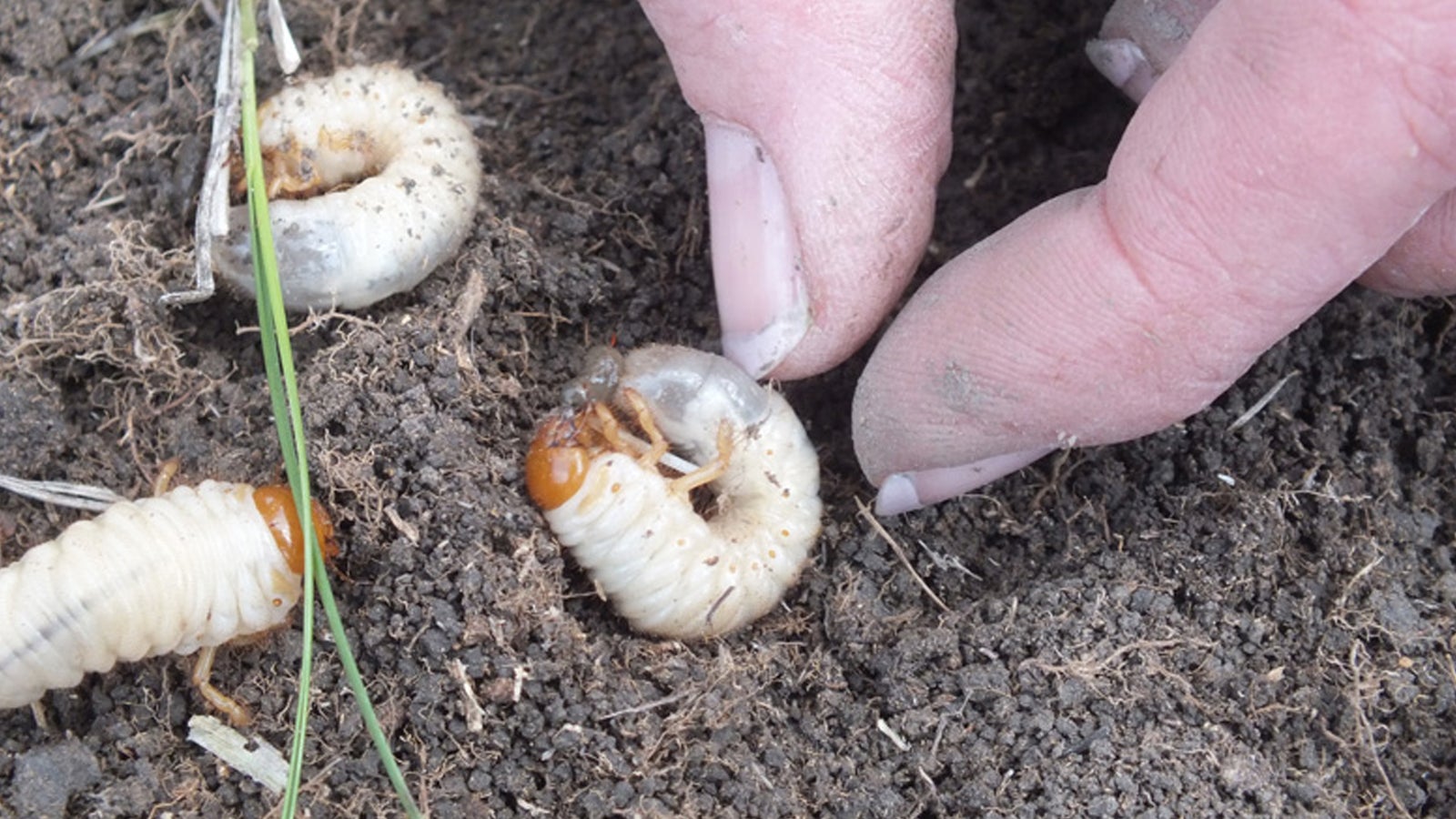
Grass Grub
01 Jul, 2021
Infesting lawn or pasture, grass grubs feed on the roots causing small yellow or dead patches to appear. A close examination of these patches should reveal small tunnel entrances (3-5mm). Grass Grubs are usually found at a depth of approximately 15cm, making them somewhat difficult to control.
The adult beetles will often cause damage to fruit trees and other shrubs by feeding on the leaves, and at times causing severe defoliation.
Grass Grubs are sometimes confused with Porina caterpillar. However the damage caused to lawns and pastures differs, Porina Caterpillars feed on the leaves rather than the roots, are easier to control, and the dug out soil and droppings around the tunnels are normally covered with a fine webbing.
Prevention
If you see black birds or other birds pecking at you lawn, it is a sure sign that there is active Grass Grubs.
Control of both the Adult Beetle (Bronze Beetle) and the grub is the best prevention against Grass Grub.
The beetles are attracted to light, so when possible turn off outdoor lights at night when beetles are active (late spring early summer). Homes that are close to street lights are more likely to have an infestation.
Regular applications of Aquaticus Garden Booster will help maintain a healthy soil.
Applications of Neem Granules during August-October and April-May can help with prevention.
Treatment
If they are only present in a small area cultivating the soil can expose the bugs to birds who love to feast on the grub..
To check the size of a grub population in your lawn, dig out a square foot of grass and turn it over to examine the roots. Count the visible grubs, if you have more than 6 visible grubs, you will need to apply a treatment.
Apply Neem Tree Granules over the affected area. Most effective as a treatment option from Summer through till winter. Can also be used as a preventative over spring.
Apply LawnPro Protect on the lawn you wish to protect from grass grub. Ideal for use from February to late Autumn, but can be used effectively through to Spring and Summer. The granules must be watered in, so sprinkle before moderate to heavy rain (~10 mm) or water the area thoroughly after treatment with a sprinkler.
When using sprays and chemicals always read the label and follow instructions carefully.
